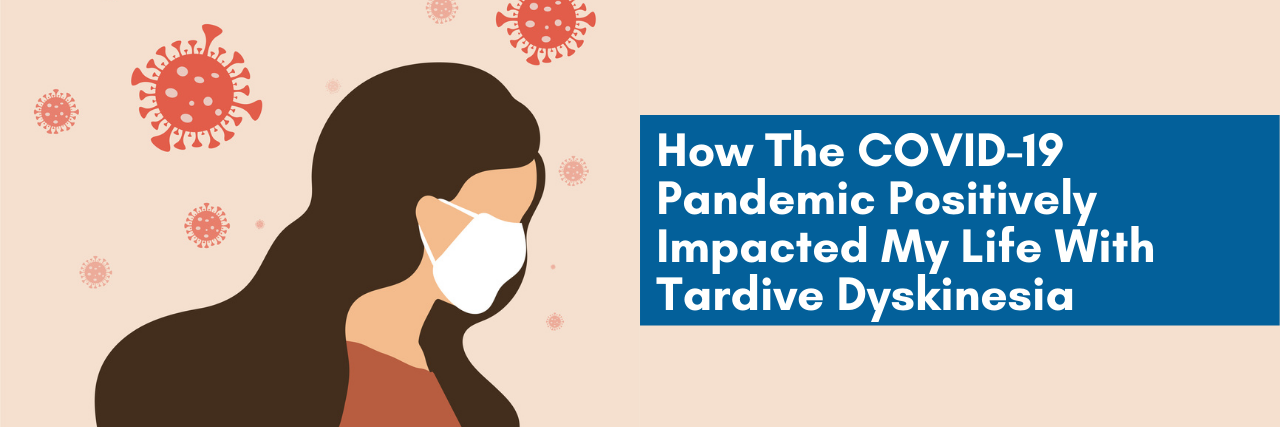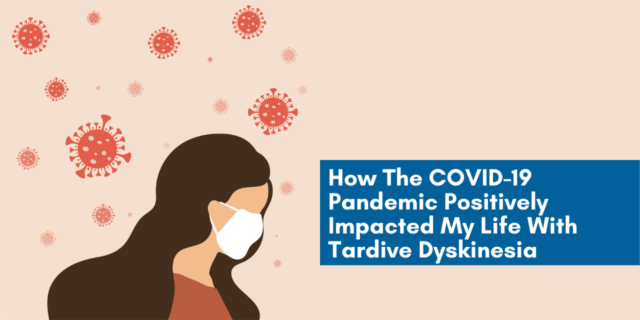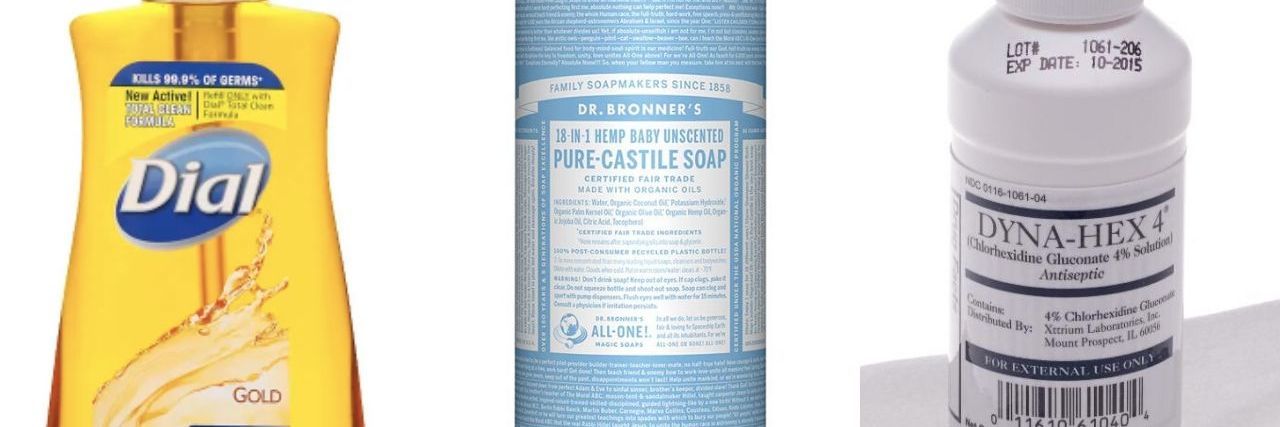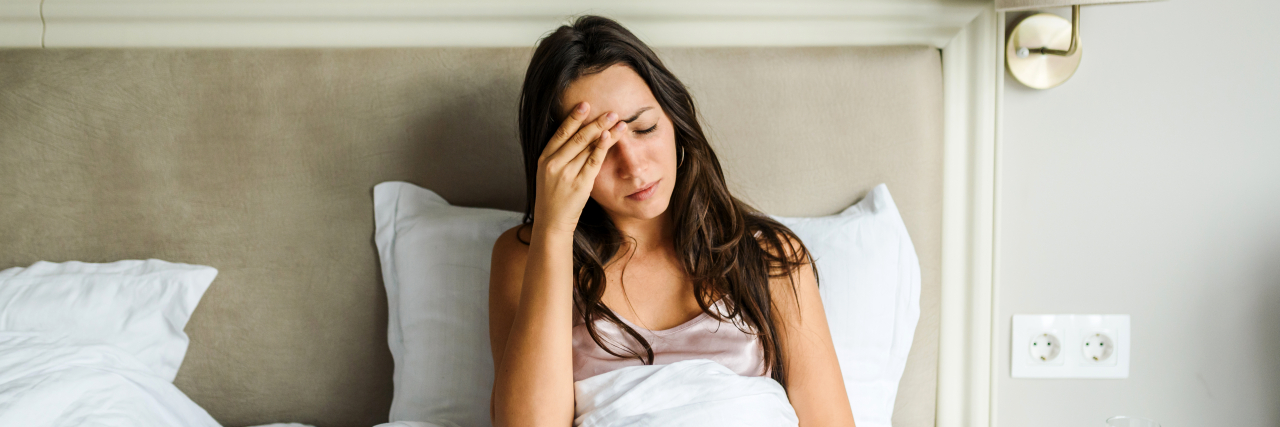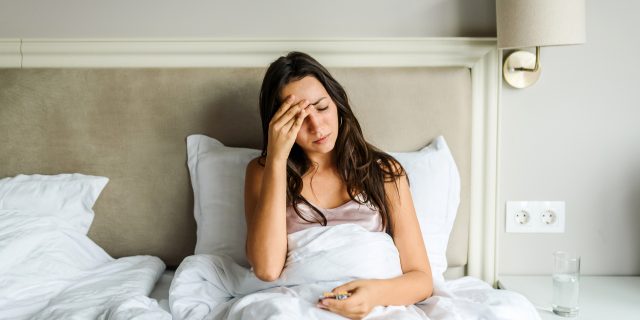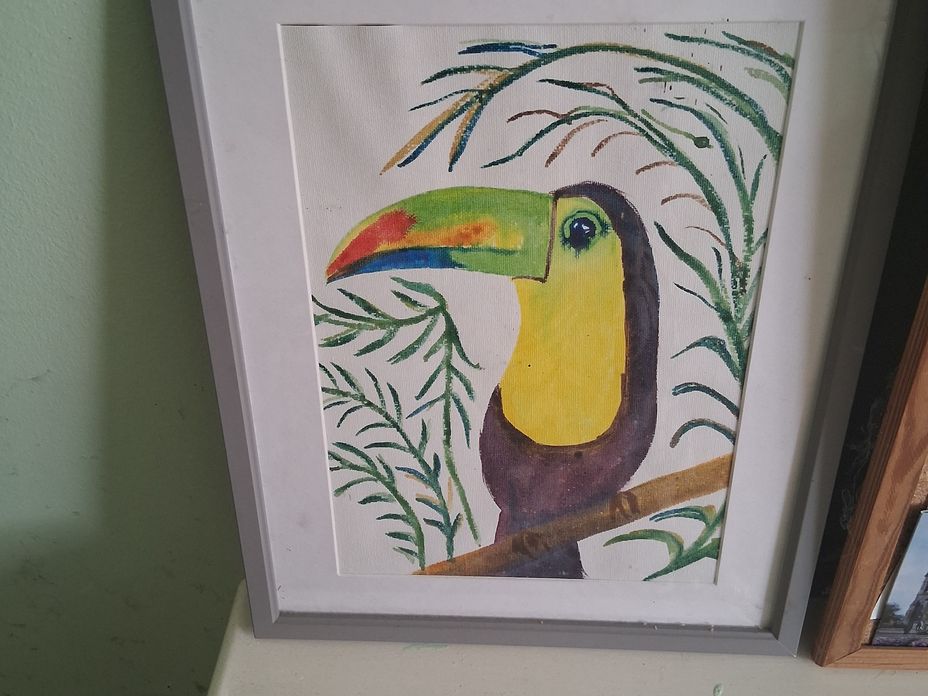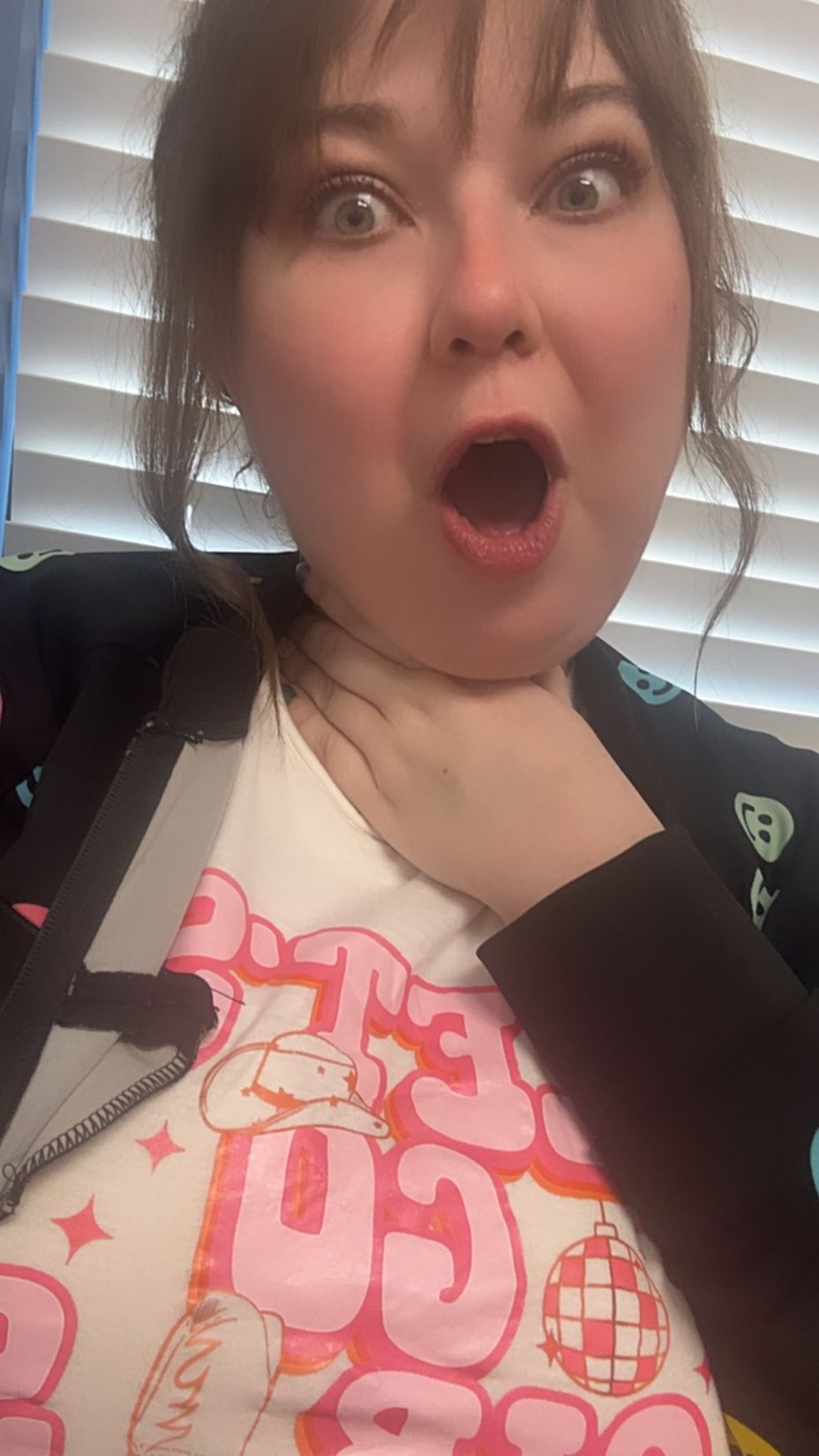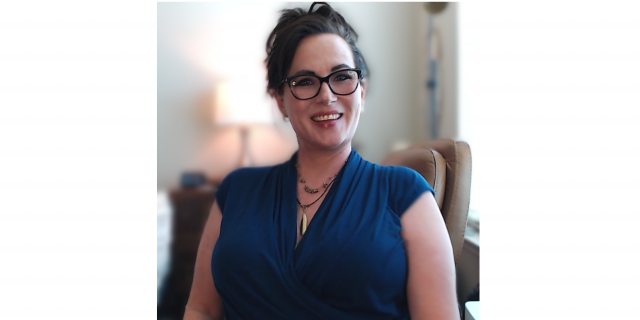#Bipolar2 #Fibromyalgia #chronic Migraines #occipital Neuralgia #GeneralizedAnxietyDisorder #Depression
Let me preface this by saying I have an icky cold so I wasn't at my best last night. I also need to say the people I am going to refer to are intelligent, well respected individuals. They are my family and I do love them. But I worry about them.
So the thing is I have a degree in the medical field. I worked in my chosen field for about 20 years. I will be the first to admit that doctors and medicine are not perfect. Science is not exact.
Well, everytime my family gathers together a discussion arises about how bad doctors are and how this or that medicne is poison. Each of them have a story to prove their theory. Only herbs and new age potions, if you will, should be used, nothing manufactured. Last night at Thanksgiving dinner it was no different. The conspiracy stories ran wild about how we were being lied to, used and so on. Usually I keep quiet, inwardly rolling my eyes. I couldn't do it last night. My anxiety about the preposterous things they were saying was too much. I blurted out my disagreement instead of calmly explaining why what they were saying was misleading information. You would have thought I had lost touch with reality as all six people at the table began bombarding me with one outlandish statement after another about how I had been brainwashed by "the hospital machine" and "Big Pharma" and so on. One even brought up my willingness to receive a COVID vaccine as proof of how gullible I was. I sat with my jaw dropped open in disbelief. Not a single person came to my defense. As the discussion took off into how COVID was a hoax (I had 10 beloved people die from that hoax), I finally I asked that we talk about something else. They obliged.
My evening was ruined. Not only did I not feel well, but I felt like an outsider with my own family. I felt like I had done something wrong. In the past when I have attempted to defend the medical community, I have gotten shot down but not quite so brutally. I'm not one to stay quiet when I feel someone is way off base but last night was something. I will admit I don't do well with conspiracy talk.
I am very sure of myself and my belief in modern medince. I don't know where I would be without it. I guess the fact that my family can just callously ignore my knowledge hurts more than I want to admit.
Today, my cold rages on and I feel lonely. It's times like this that I wish I had a partner, someone in my corner to be on my side and shelter me (que the umbrella in the picture). I'm having a bit of a pity party. I guess I just needed to write it all out. Thank you all for being a part of Mighty Together.
